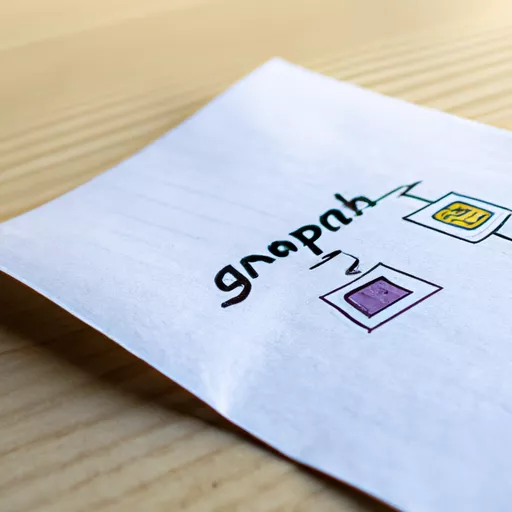
GraphQL is a query language and execution environment developed by Facebook in 2012. It was created to address issues with the traditional approach to data integration in web applications, such as REST. GraphQL provides clients with the ability to efficiently request and manipulate only the necessary data, improving the performance and flexibility of web applications.
One of the main problems that GraphQL solves is the issue of data redundancy. In the traditional REST service architecture, API requests return a set of data defined on the server side and cannot be changed by the client. This results in clients often receiving unnecessary data, as well as not receiving the required data. With GraphQL, clients can formulate precise queries and receive only the necessary data.
GraphQL also solves the problem of request composition on the client side. In REST architecture, clients often have to make multiple requests to retrieve all the necessary data, resulting in network overhead and increased response times. GraphQL allows clients to make complex queries and obtain all the required data in a single request, reducing the number of requests and improving performance.
The working principle of GraphQL is very simple: the client formulates a query that describes the data it wants to receive and sends it to the server. The server has a GraphQL schema that defines data types and possible queries. The server executes the query and returns only the requested data to the client. If the client needs to send data to the server, it can use mutations - special queries that modify the state of the data on the server.
GraphQL has many advantages compared to REST. It allows clients to precisely control the data they receive and reduces server load, improving performance. GraphQL also simplifies the development and maintenance of web applications, as it allows changes to be made to the API without directly affecting clients.
In conclusion, GraphQL represents a new approach to data integration in web applications. It addresses issues related to data redundancy and request composition. GraphQL provides clients with flexibility and control over data, as well as improves performance. It also simplifies the development and maintenance of web applications. GraphQL is becoming increasingly popular and widely used in various companies and projects.


